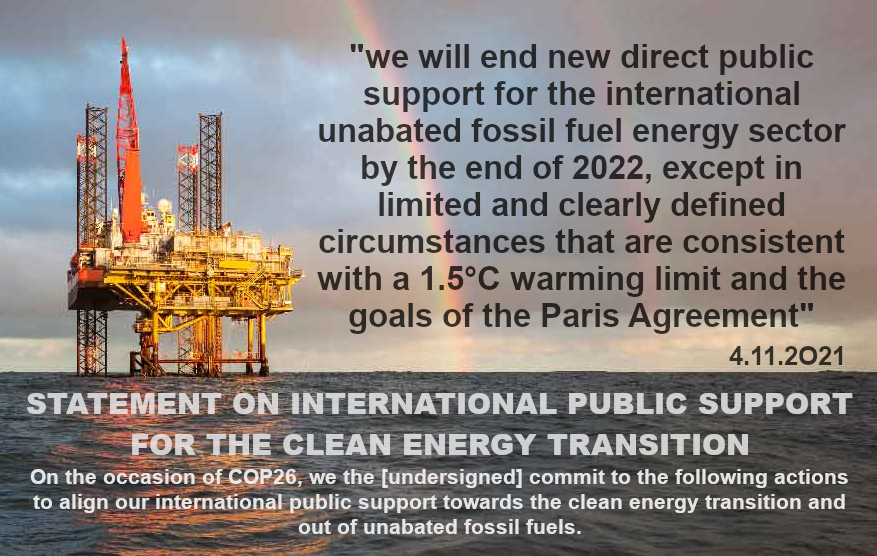Aug 31
20220
Pacifism as Pathology, Social Engineering
Activism Capitalism class consciousness Communism fascism film Heinrich Heine pragmatism Social Engineering trade unions
‘Our Defeats’ Review: A striking Post-Mortem of the Revolutionary Dream
September 8, 2021
By Swapnil Dhruv Bose

“I realized after the shooting, and some discussions with them, that it was the first time they had discussed politics.”
— filmmaker Jean-Gabriel Périot [Source]
French filmmaker Jean-Gabriel Périot, who received international acclaim for his 2015 documentary A German Youth, is back with another fascinating work called Our Defeats. Featuring a group of high school film students from the Lycée Romain Rolland in Ivry-sur-Seine who work as cast and crew, Our Defeats is a comparative study between the charged sociopolitical climate of France in the late 1960s and the prevailing attitude of modern students.
More than anything else, Our Defeats is an intellectual exercise in political thought which constantly refers to the revolutionary works of auteurs like Jean-Luc Godard, Chris Marker and Alain Tanner among others. As a part of the film’s explorations, Périot makes the students recreate pivotal scenes from the vastly influential French political masterpieces from that period before asking them about trade unions, capitalism and the revolution.
In an interview, Périot explained that he wants his films to challenge the audience. “For me, cinema is first of all a place to feel,” the filmmaker said. “I like music for the same reason. But cinema is also, at least for me, as audience or filmmaker, a place to think. I do not like films where everything is clear, obvious or underlined, [whether we] talk about fictions or documentaries. I like films with contradictions, lacks, and questions.”
The powerful scenes that are enacted by the students are immediately deconstructed by the follow-up questions posed by Périot. A student quotes Chairman Mao with deadly conviction, preaching to us that “a revolution is not a dinner party… A revolution is an insurrection, an act of violence by which one class overthrows another.” However, he falters and hesitates when he is asked about his own opinions regarding capitalism and the revolution that has been indefinitely deferred.
[Swapnil is a Kolkata-based columnist who specialises in film history, global cinema and media studies. He is deeply interested in the dynamic frameworks of contemporary media culture and their impact on sociopolitical structures.]
Elena Lopèz Riera, Visions du Réel, 2019: “Jean-Gabriel Périot asked students of a Parisian high school to participate in an experiment on the militant filmmaking of May 68. These students will constitute the film’s technical crew and they will also be its actors, performative bodies through which the subject of politics today will be articulated. They will re-enact legendary scenes from the films of Tanner, the Groupe Medvedkine or Godard. But in the voice of these young people, the instructions of May 68 resonate poorly with regard to the contemporary world, noting that in terms of political wording there are still more doubts than certainties. What is the working class? What is capitalism? What is a trade union? Through these questions addressed to the high school students, Périot tackles a new generation, without judgement, in an attempt to answer the essential question of the film: have we failed? Thus, some of the concepts that have marked the history of 20th century ideologies, such as communism, fascism or class consciousness, are called into question by a youth that claims the right to their own voice. A film about the urgency of reformulating political debate.” [Source]
Also showing at Mubi, A German Youth. SYNOPSIS: “Germany, late 60s. The post-war generation revolts against their parents, disillusioned by anti-communist capitalism and a state in which they see fascist tendencies. This film follows the rise of The Red Army Faction, revolutionary terrorist group founded by Andreas Baader and Ulrike Meinhof. OUR TAKE: “A film that opens with Godard and closes with Fassbinder can only have a combative soul. Bravely refusing audio narration, Périot’s collage of stunning archival footage from post-war Germany’s political unrest is a superb, enthralling meditation on radicalization that is of utmost relevance today.”










